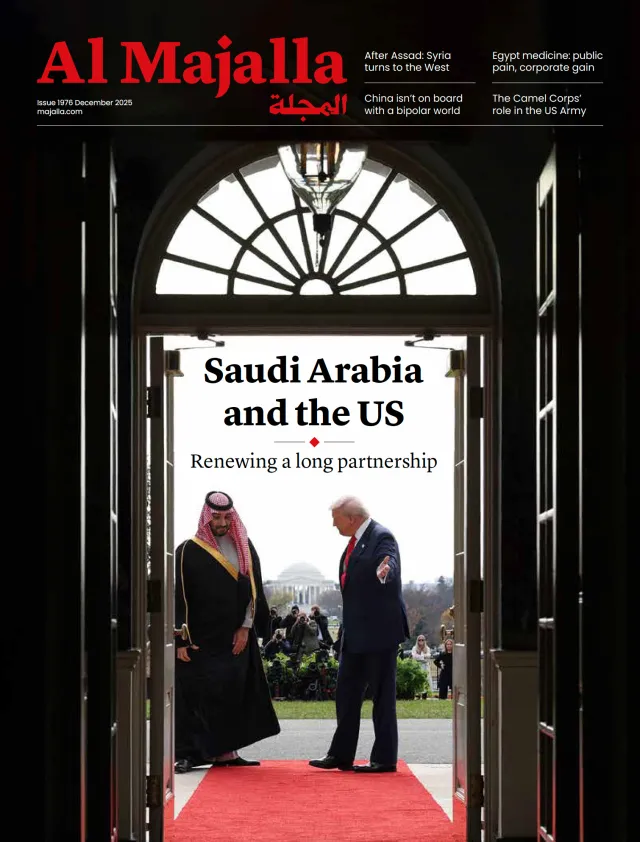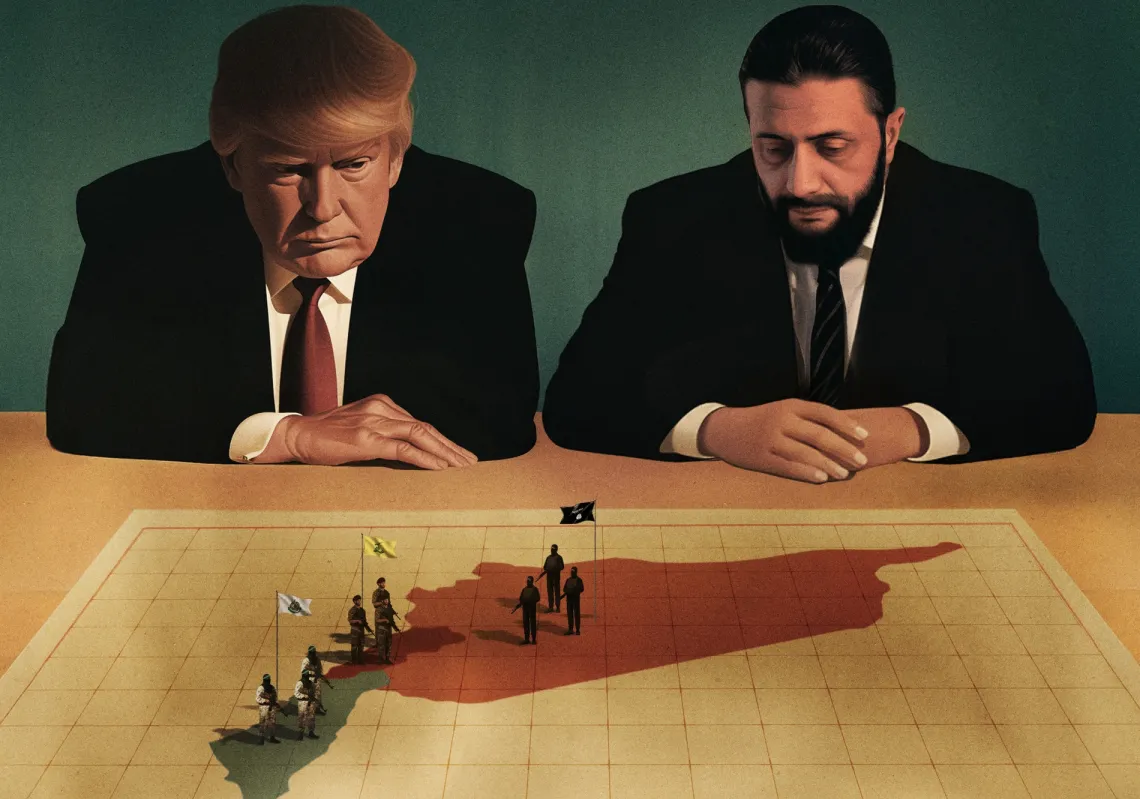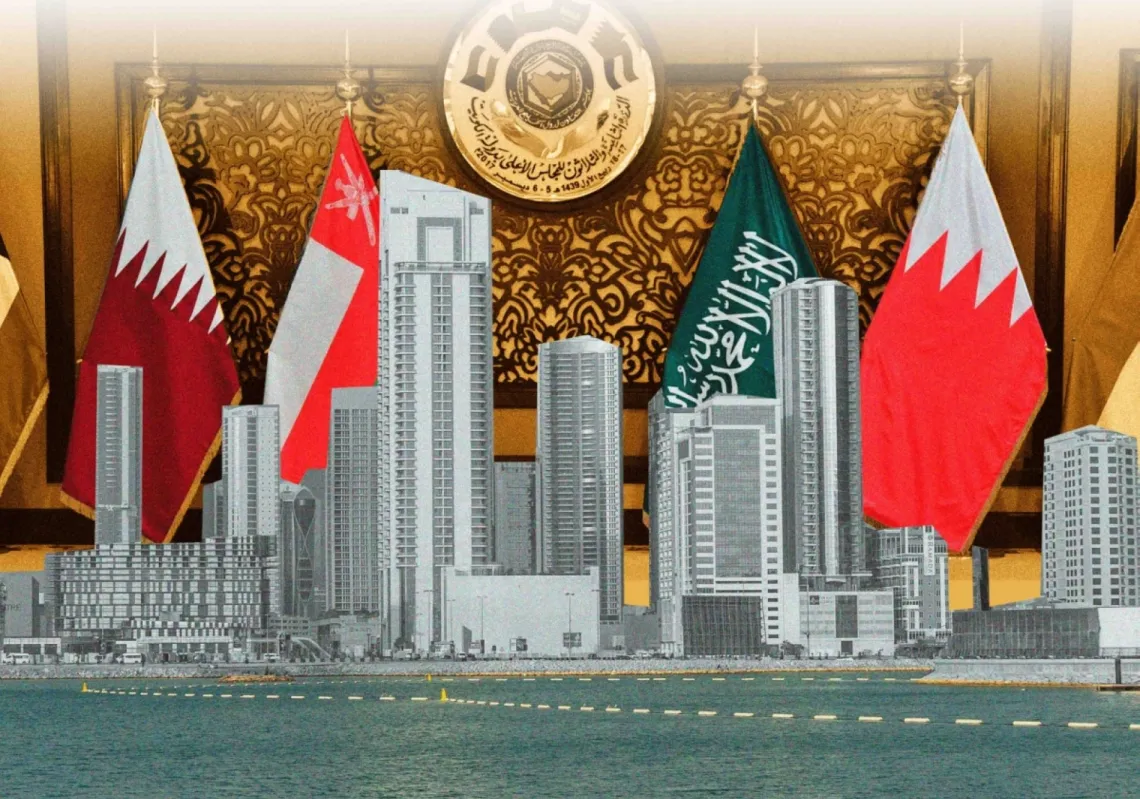For more than seven decades, America’s commitment to Europe’s security and its leadership of the North Atlantic Treaty Organisation (NATO) have formed the cornerstone of stability on the “Old Continent”.
During the Cold War with the Soviet Union, this transatlantic alliance flourished and served as a key conduit for political and security coordination, as well as for launching peace initiatives and military interventions in global affairs, including those in the Middle East.
Yet, since Donald Trump entered the White House, US-Europe relations have entered a new and increasingly strained phase. Tensions have mounted to the point where the alliance now stands on the brink of a rupture.
This potential “divorce” threatens to upend the European security balance and erode the foundations of the international order established after the Second World War. Its ripple effects—both positive and negative—are certain to reach the MENA and Gulf region.
We chose to delve deeper into this topic for our April cover story, examining its implications for the world, specifically the Middle East. As usual, we offer a wide range of perspectives.
Read more:
Are Europe and the US headed for divorce? by Christopher Phillips
What the emerging US–Europe divide means for the Mideast by Ibrahim Hamidi
How might US-Europe divergence impact the Middle East? by Robert Ford











